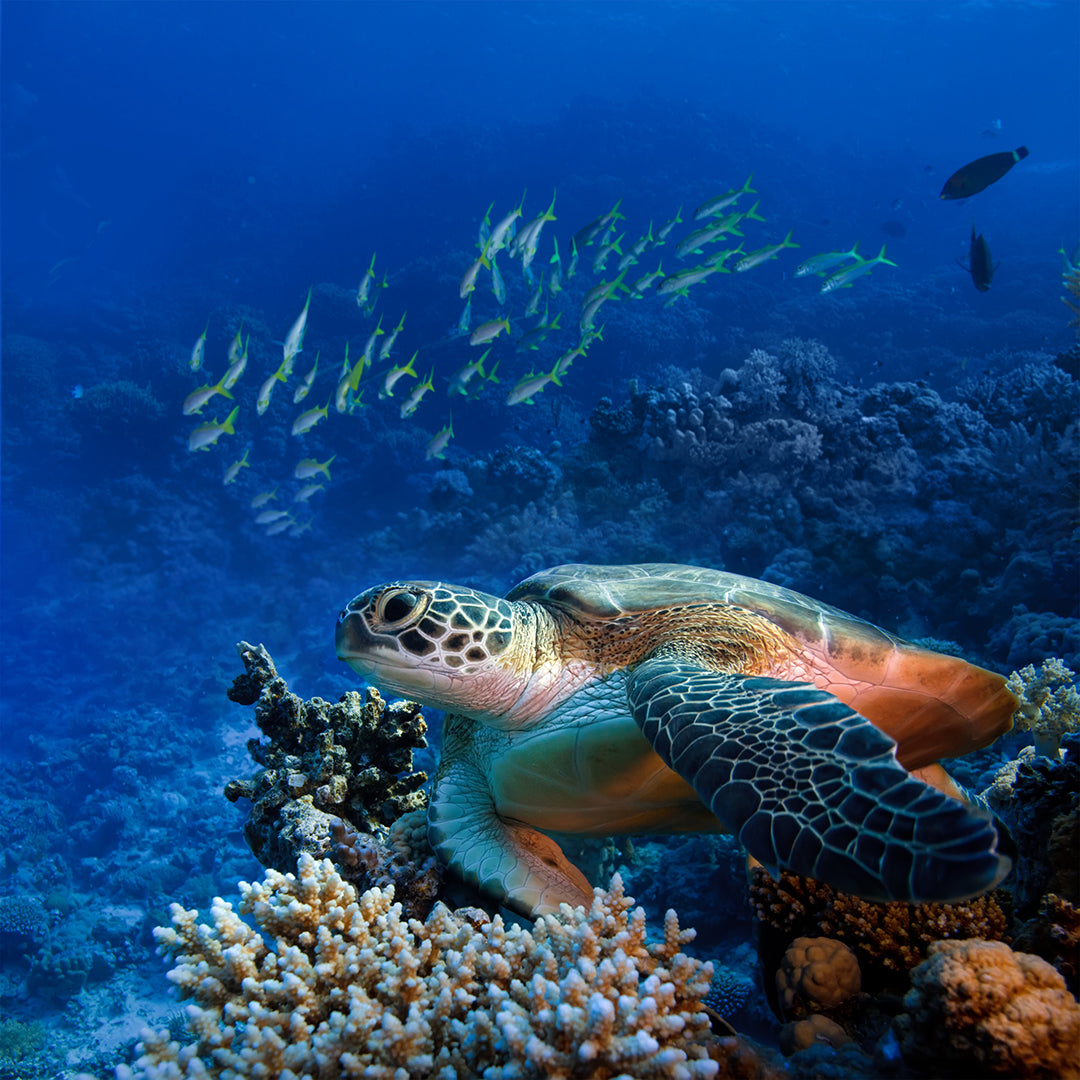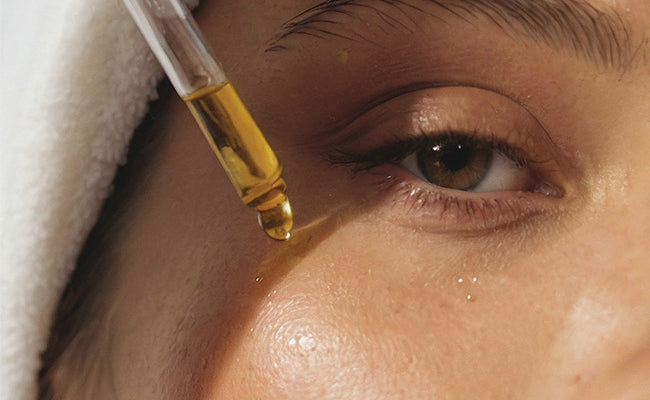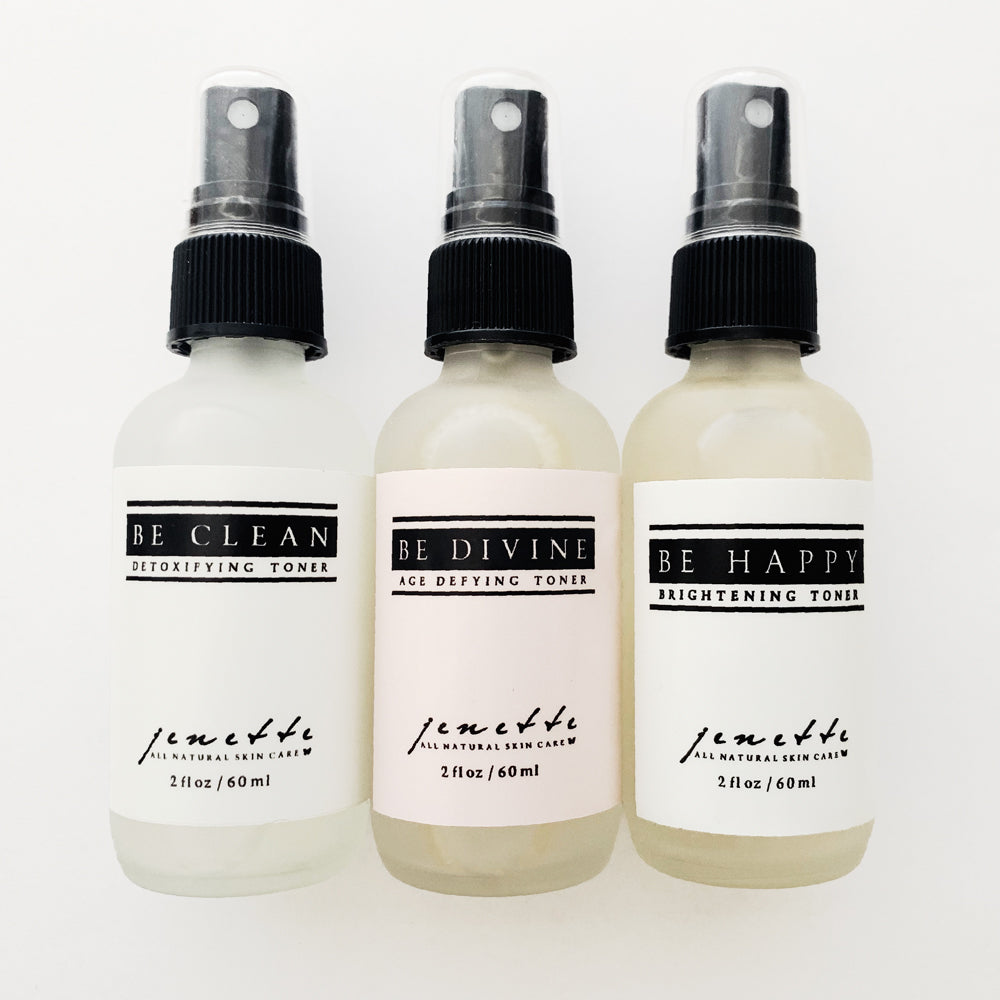
Is Your Sunscreen harming our Planet? Here’s How to Choose an Ocean-Safe Formula
Making sure your skin stays healthy by applying SPF seems like a great idea, but what we don't realize is that sunscreen gets into our water systems and so pollutes the oceans. Every year, around 14,000 tons of sunscreen leach into the sea (we know, an astonishing number).
The chemicals that are hidden in most SPF destroy plankton and are toxic to fish. In addition, coral reefs are dying all over the world. Time to change this and start using sustainable, CLEAN sunscreen!
Let’s take a look at which ingredients you should avoid and what good alternatives are:
The most harmful ingredient: Oxybenzone. The UV filter Oxybenzone, which is found in many SPF creams, hinders the growth of coral and affects the DNA and the healing capacity of the coral. In addition, this substance aggravates the fading of the coral and activates viruses in algae that live on the coral. The algae, which give the coral oxygen, nutrition and beautiful colors, then let go and die. As a result, the coral fades and eventually dies.
Why does this matter? When coral dies, it has a major impact on ocean life. For example, one drop of the Oxybenzone in 6.5 Olympic swimming pools already kills coral and fish. Oxybenzone is also referred to as Benzophenone-3 or bp-3. Further to being harmful to our oceans, Oxybenzone is also harmful to your skin.
In addition to Oxybenzone, there are a number of other substances that are harmful to the environment and to your skin. Nanoparticles that are typically found in sunscreen, are now showing up in the gills, liver, heart and brain of the fish.
Environmental Lab has published a list of chemicals that you should avoid in order not to harm the environment:
- Nanoparticles
- Oxybenzone
- 4 MBC (4-Methylbenzylidine Camphor, Enzacamene)
- Octinoxate (Octinoxate or Octylmethoxycinnamate)
- Octocrylene
- Para-aminobenzoic acid (PABA)
- Any kind of microplastics
- Methyl Paraben
- Ethyl Paraben
- Propyl Paraben
- Butyl Paraben
- Benzyl Paraben
- Triclosan
- Other ingredients to look out for are: alcohol, perfume and palm oil.
Chemical and mineral UV filters
Oxybenzone is a chemical / synthetic UV filter that absorbs UV and penetrates the skin, which can cause skin irritation. Some chemical / synthetic UV filters are endocrine disrupting and even carcinogenic. As you know I started my journey in skincare products when I was diagnosed with severe hormonal imbalances. Creating and finding product that will not negative impact our hormonal systems has been my life’s goal.
Luckily, there are also mineral UV filters that are less harmful to your skin and the environment. Examples of this are zinc oxide and titanium dioxide. These form a layer on your skin and block the UV radiation. However, even with zin based spf, you have to pay attention and opt for the non-nano variant. With the non-nano variant, a white layer will always remain on your skin, which means that the cream does not penetrate your skin. This is safer and better for your skin and the environment.
Safe For Your Skin?
It took just one day of use for several common sunscreen ingredients to enter the bloodstream at levels high enough to trigger a government safety investigation, according to a pilot study conducted by the Center for Drug Evaluation and Research, an arm of the US Food and Drug Administration.
Sustainable and reef safe choices
Some sunscreen creams are labeled "Reef-safe," which means that they contain mineral UV filters such as zinc oxide and titanium dioxide and are non-nano.
Vivaiodays Turmeric Broad Spectrum Sunscreen, Made with healing Organic Turmeric oil & 20% uncoated Zinc Oxide, a super-safe & effective physical blocker, this essential sun protector shields delicate skin with strong antioxidant activity. Non-nano, UVA-UVB-IR broad-spectrum protection ideal for the entire family.
Other great brands to look out for are Suntegrity and Jane Iredale. Suntegrity’s spf contains non-nano zinc oxide and is formulated without oils or silicones. Jane Iredale’s Powder-Me SPF® Dry Sunscreen has been my long time favorite and household staple. We all use this almost every day as our main spf.





Leave a comment
This site is protected by hCaptcha and the hCaptcha Privacy Policy and Terms of Service apply.